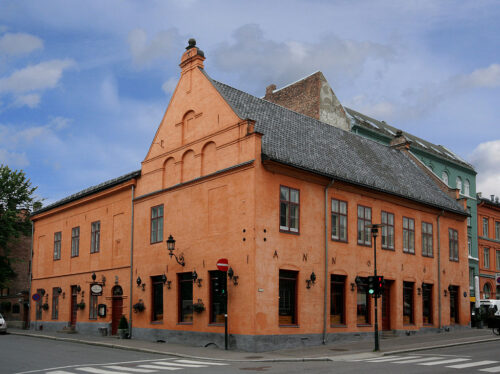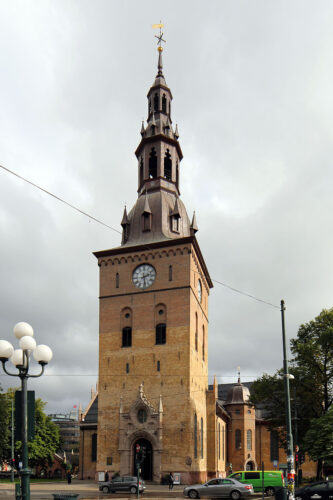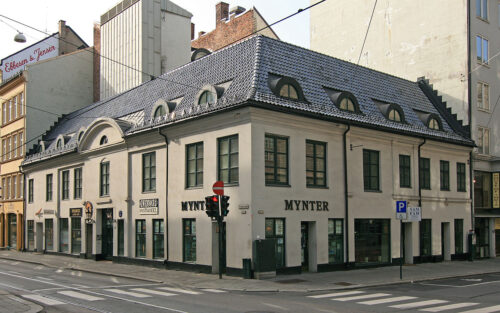Early Adulthood
In 1536 the Danish King Christian III establishes Lutheranism as the state religion by a royal decree. At the same time, all church valuables from Oslo and the rest of Norway are sent to Copenhagen. Most of the land owned by the church passes to the crown. The discontent of the Catholic Norwegians and the fear of a possible rebellion led to the dissolution of the Norwegian government council (Riksrådet) by the King.
In the place of what was in essence the Norwegian government, the King appointed a Stadtholder, a general- governor of the Norwegian Kingdom made Akershus Castle his official residence in 1572. It would be a hard lesson of realpolitik for the people of Oslo who just five years earlier had fought on the side of the Danish forces and had even participated in the burning of their city.
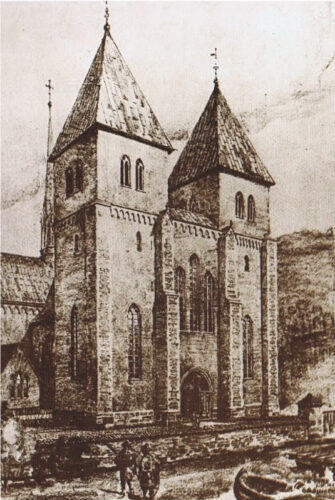

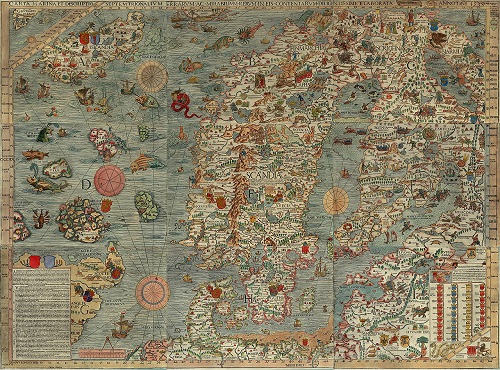
Things would get worse before they got better. Another great fire, one of many that took place in a medieval city built almost entirely of wood, would prove to be more destructive than the ones that had hit Oslo before. In 1624 after 3 days of destruction, the city was completely burned to the ground. King Christian IV of Denmark, a bold reformer by character, would be the one who would rebuild the city, this time nearer to the Akershus Fortress. King Christian IV renamed the reborn city Christiania. It would be changed to Kristiania in 1877.
The name Oslo would remain in use as the name of the small surviving settlement outside the new borders that mainly consisted of citizens of low status. Christian IV had forged good relations with his Norwegian subjects & particularly the citizens of Oslo from very early on when he invited the people of the city in the restored by him Akershus fortress during the official ceremony of his installment in 1590 and again in 1610.
He also spent more time in Norway than any other Danish king before him. He traveled to Oslo only a few weeks after the fire, which made a very lasting impression on its people. After the fire, the king carefully planned everything that had to do with the new city, including the locations of the markets and a rectangular grid of streets (that part of the city is today known as Kvadraturen = the quadrature, because of its orthogonal layout).
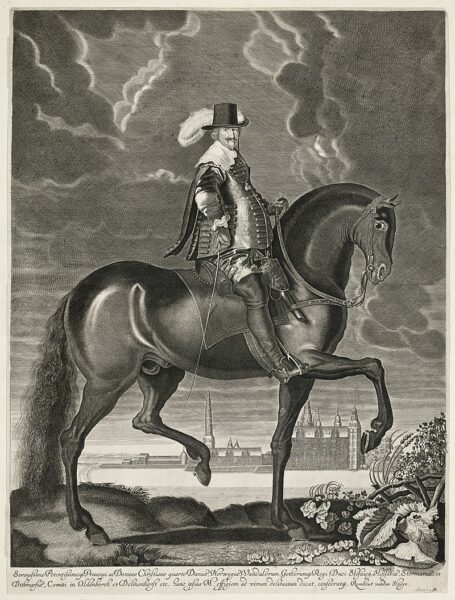
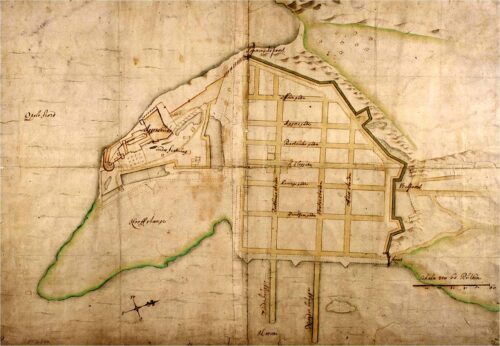
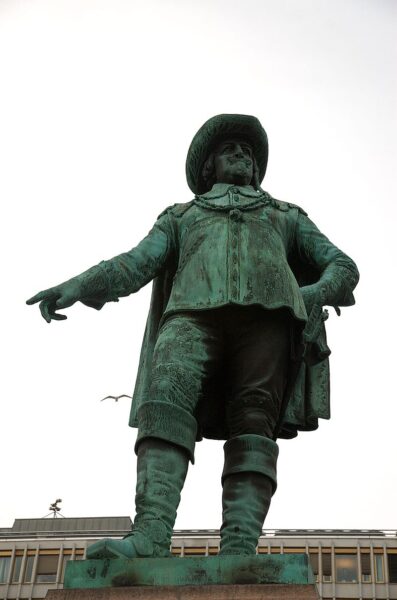
For the risk of fire to be reduced only brick houses were allowed within the borders of Christiania, a regulation which made the gap between the rich who were able to follow it & the poor who were forced to live outside the borders of the new city, in cheap wooden structures, even more apparent.
As the shipping & lumber trade began to create more income towards the end of the 17th century the social gap widened even more. Christiania became the showcase of the upper class. The Old Town Hall, Gamle Rådhus was ready by 1641, Oslo domkirke, Vår Frelsers Kirke (Church of Our Savior) was completed by 1697 and many grand houses started to line Christiania’s streets.
